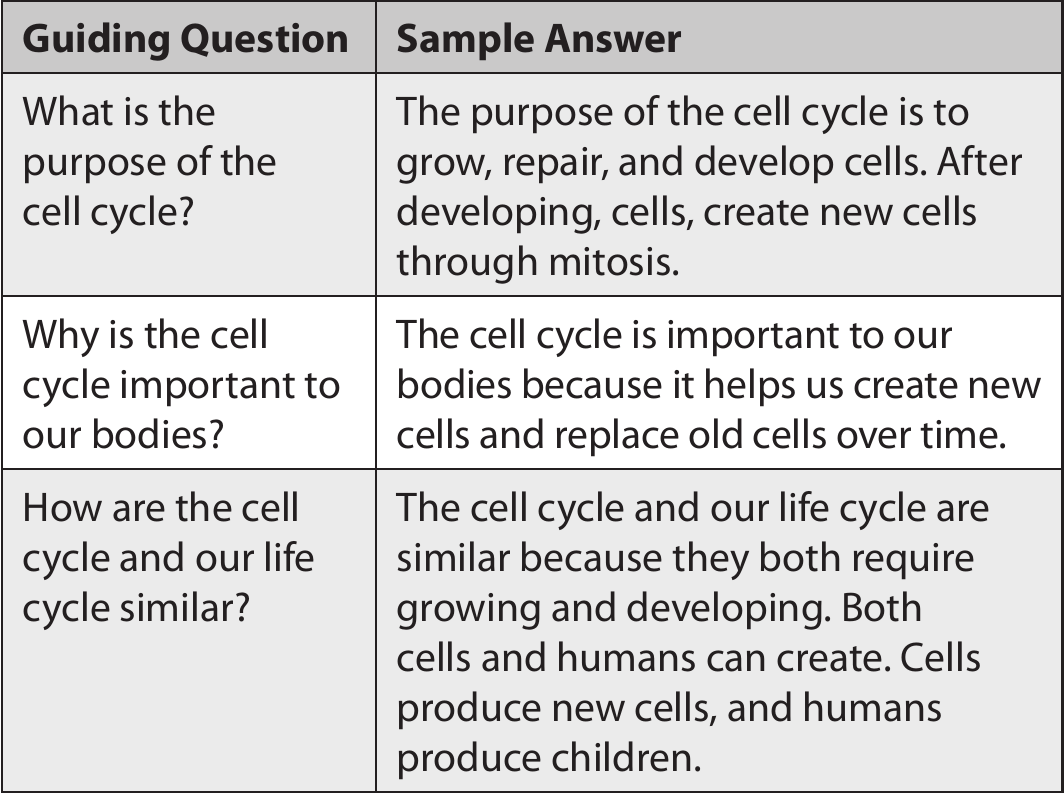The Ups and Downs of Modeling the Cell Cycle Current Biology Biology Diagrams An agent-based model to reproduce the cell cycle dynamics of in vitro proliferating colon cancer cells. A cell cycle simulation model must take into account and offer the possibility to manipulate four checkpoints (), upper panel): the "R" restriction point in the G1 phase that controls commitment to enter the cell cycle based on intra- and extra-cellular mitogenic signals, the G1/S and G2

A set of computational models describing cell-cycle progres-sion have been developed for different cell types and molec-ular activities. These models can be simulated under the one complete cell cycle per simulation. Because some) S ^ ^ The Cell Cycle Browser: An Interactive Tool for Visualizing, Simulating, and Perturbing Cell-Cycle

Cell Cycle Modeling: Mathematical Simulations For Cell Division Biology Diagrams
Author summary This paper introduces PhysiCell: an open source, agent-based modeling framework for 3-D multicellular simulations. It includes a standard library of sub-models for cell fluid and solid volume changes, cycle progression, apoptosis, necrosis, mechanics, and motility. PhysiCell is directly coupled to a biotransport solver to simulate many diffusing substrates and cell-secreted The left section of the CCB contains a network visualization of the cell cycle model (Figure 1-4) as well as controls for adjusting the model and simulation parameters (Figure 1-5). In a model, each molecular activity is referred to as a species —a pool of entities that are assumed to be indistinguishable, located in the same cellular The eukaryotic cell cycle, a cornerstone of cellular vitality, is an ordered and tightly regulated sequence divided into four primary phases: G1, S, G2, and M.

Cell cycle modeling employs mathematical techniques to simulate and predict the behavior of cells as they progress through the cell cycle. By incorporating cellular components, phases, regulators, and modeling approaches, researchers use ODEs, PDEs, and stochastic models to capture the complexity of cell division. These models find applications in understanding cell cycle regulation This interactive module explores the phases, checkpoints, and protein regulators of the cell cycle. The module also shows how mutations in genes that encode cell cycle regulators can lead to the development of cancer. Students can toggle between two different views of the cell cycle by pressing the text in the center of the graphic. This Teaching Resource provides lecture notes, slides, and a problem set introducing graduate-level students to computational biology through a simple mathematical model of the cell cycle. The model simulates interactions between cyclin B and cyclin-dependent kinase 1, proteins that together form the mitosis-promoting factor (MPF), which
